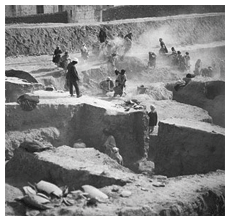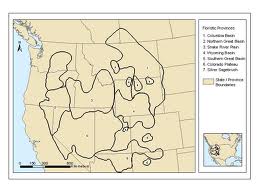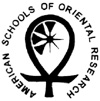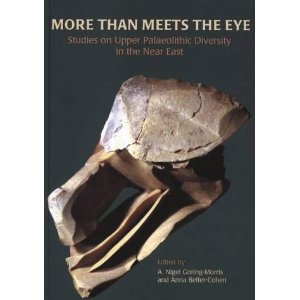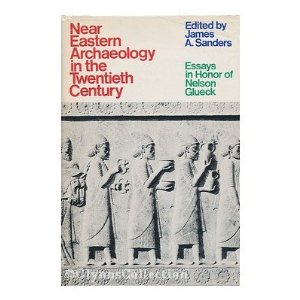- Latest Archaeology Updates
- Importance and applicability
- Famous Archaeologists
- Museums Collections
- Site Map
- World Heritage Sites
- World History Monuments
- Archaeological Organizations
- World Atlas of Archaeology
- Forensic Investigation and Geophysics
- Contact Us
- Movies based on Archaeology
- Frequently Asked Questions
- Archaeological discoveries
- Tell a Friend
- Archaeological Abbreviations
- Gallery Collections
- Famous-Museums site map
- Famous-archaeologists site map
- Archaeological Monuments site map
Near Eastern Archaeology or Middle Eastern archaeology is a district branch of the wider, universal discipline of Archaeology. It refers generally to the excavation and study of artefacts and fabric culture of the Near East in the ancient and pre-modern periods (up to approximately AD 1500). Near Eastern Archaeology is a branch of archaeology. It reflecting the origins and growth of the field in Western academic traditions. Archaeological discoveries continually develop our understanding of the community, history, culture and literature of the Middle East.
Near Eastern Archaeology is a wide generalised application, and is divided into further regional sub-branches, the archaeology of modern states in the region or along broad thematic lines. Regions can be loosely defined, but are often based on recognizable entities that evidence cultural cohesion and coincide with topographical zones. Scholars may differ on the way the region is divided. Regional divisions also may change from period to period.
The definition of the Near East is usually based on the Fertile Crescent; the region between the Nile Valley and Mesopotamia. Also usually included are Iran, the Arabian peninsula and its islands, Anatolia (modern day Turkey), Cyprus and North Africa west of Egypt. The history of archaeological investigation in this region grew out of the 19th century discipline of Biblical archaeology, efforts mostly by Europeans to uncover evidence for Biblical narratives. Much archaeological work in this region is still influenced by that discipline, although within the last three decades there has been a marked tendency by some archaeologists to dissociate their work from biblical frameworks.
Near Eastern Archaeology is a term with a wide, often generalised application, and is frequently divided into further regional sub-branches, the archaeology of modern states in the region or along broad thematic lines. Regions can be loosely defined, but are often based on recognizable entities that evidence cultural cohesion and coincide with topographical zones. Scholars may differ on the way the region is divided. Regional divisions also may change from period to period.
The most common fields of study are Biblical archaeology dealing with the region and history of the Bible; Assyriology dealing with mesopotamia; Egyptology dealing with the ancient history of what is today Egypt and parts of the Sudan; and prehistoric archaeology which is not tied to a region but instead deals with the origins of culture before the invention of writing.
The term northern Levant can be used to refer to Lebanon, the Syrian littoral and portions of the Mediterranean coast of Turkey in the province of Hatay. More usually, these regions are included in greater Syria, a name used to refer to the whole area between Anatolia, Mesopotamia and Arabia. The Mediterranean coast of Lebanon, the Syrian Arab Republic and parts of Northern Israel are also known as Phoenicia, after the ancient kingdom. However, this term suffers from the same problems as Canaan and equivalents and so is generally now only used in a strict historical sense.
- Cyprus : a large island in the eastern Mediterranean was a separate cultural entity during most periods of human occupation.
- Mesopotamia : is considered to begin more or less near the modern border with Iraq and refers to the flat valley of the southern Tigris and Euphrates rivers and their tributaries.
- Iran : sometimes known as Persia, includes a large plateau and its periphery, including the Zagros Mountains.
Studies on Upper Palaeolithic Diversity in the Near East
Near Eastern Archaeology in the Twentieth Century
-
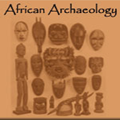 African Archaeology Africa has the longest record of human activity of any part of the world and along with its geographical extent; it contains an enormous archaeological resource. Scholars have studied Egyptology for centuries but archaeologists have only paid serious attention to the rest of the continent in more recent times.
African Archaeology Africa has the longest record of human activity of any part of the world and along with its geographical extent; it contains an enormous archaeological resource. Scholars have studied Egyptology for centuries but archaeologists have only paid serious attention to the rest of the continent in more recent times. -
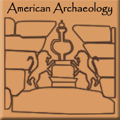 American Archaeology Archaeology of the Americas is the learning of the archaeology of North America, Central America (or Mesoamerica), South America and the Caribbean, which is to say, the pre-history and Pre-Columbian history of Native American peoples.
American Archaeology Archaeology of the Americas is the learning of the archaeology of North America, Central America (or Mesoamerica), South America and the Caribbean, which is to say, the pre-history and Pre-Columbian history of Native American peoples. -
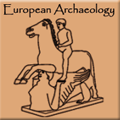 European Archaeology In terms of area, Europe is the world's second smallest continent, with an area of 10,400,000 kmē (4,000,000 square miles), making it slightly larger than Australia.
European Archaeology In terms of area, Europe is the world's second smallest continent, with an area of 10,400,000 kmē (4,000,000 square miles), making it slightly larger than Australia. -
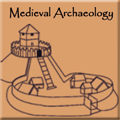 Medival archaeology The period covers the commotion caused by the fall of the Medival archaeology Roman Empire and cultures such as the Vikings, Saxons and Franks.
Medival archaeology The period covers the commotion caused by the fall of the Medival archaeology Roman Empire and cultures such as the Vikings, Saxons and Franks. -
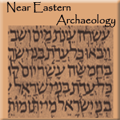 Near Eastern Archaeology Near Eastern Archaeology is a wide generalised application, and is divided into further regional sub-branches, the archaeology of modern states in the region or along broad thematic lines.
Near Eastern Archaeology Near Eastern Archaeology is a wide generalised application, and is divided into further regional sub-branches, the archaeology of modern states in the region or along broad thematic lines. -
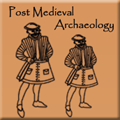 Post Medieval Archaeology The Post Medieval Archaeology is considered as a bi-annual journal study of the material evidence of European society. This period saw the conversion of medieval to industrial society.
Post Medieval Archaeology The Post Medieval Archaeology is considered as a bi-annual journal study of the material evidence of European society. This period saw the conversion of medieval to industrial society. -
 Modern Archaeology In contrast to the antiquarianism of classical archaeology, anthropological archaeology today is concerned with culture history (i.e., the chronology of events and cultural traditions) and the explanation of cultural processes.
Modern Archaeology In contrast to the antiquarianism of classical archaeology, anthropological archaeology today is concerned with culture history (i.e., the chronology of events and cultural traditions) and the explanation of cultural processes.

